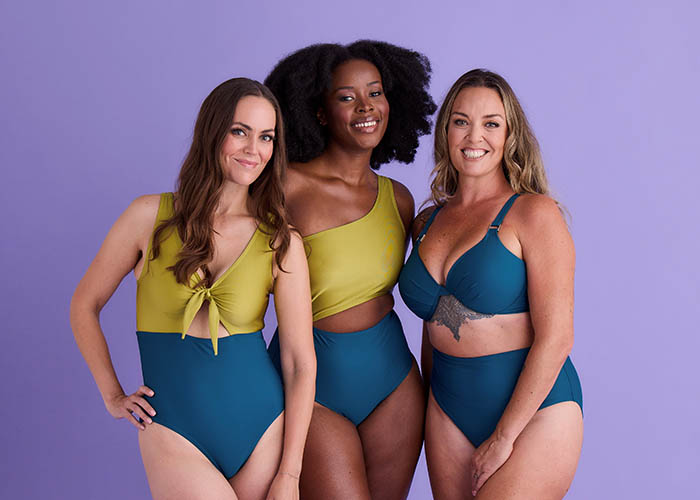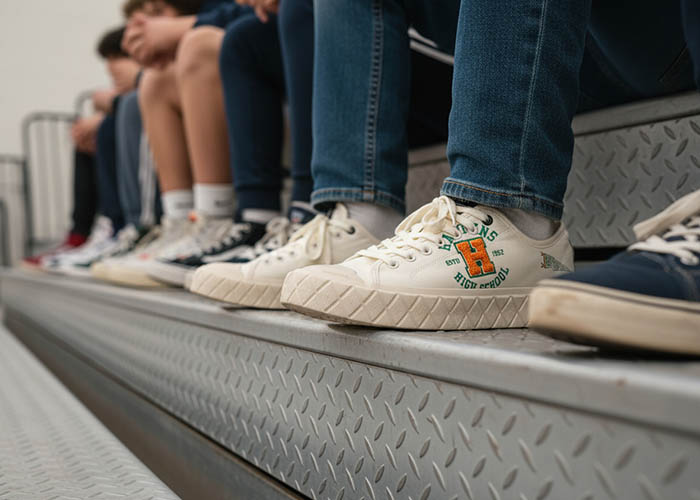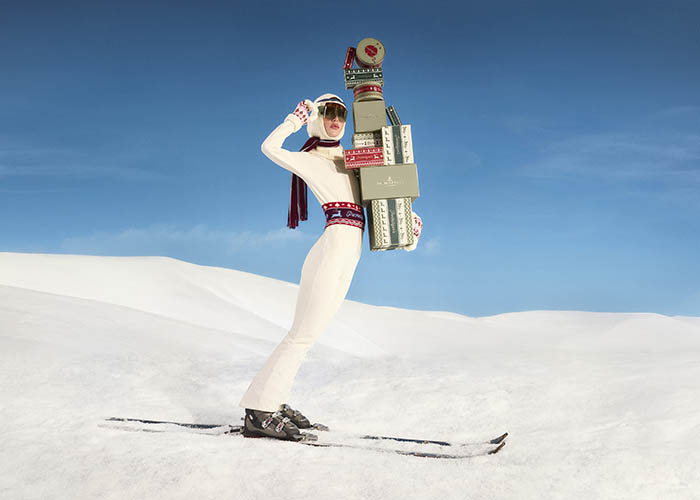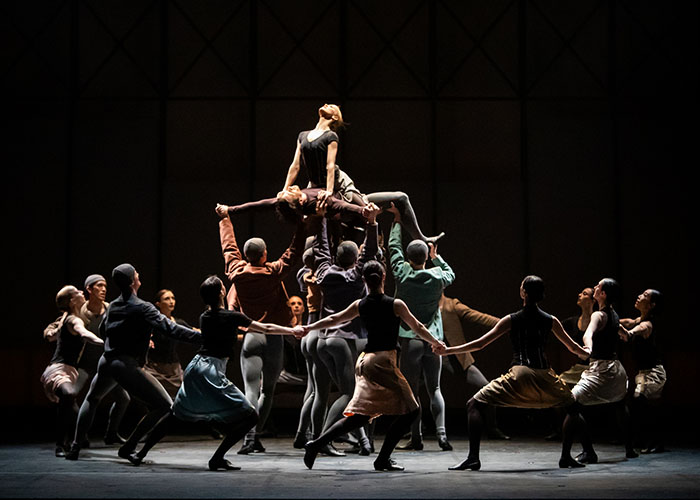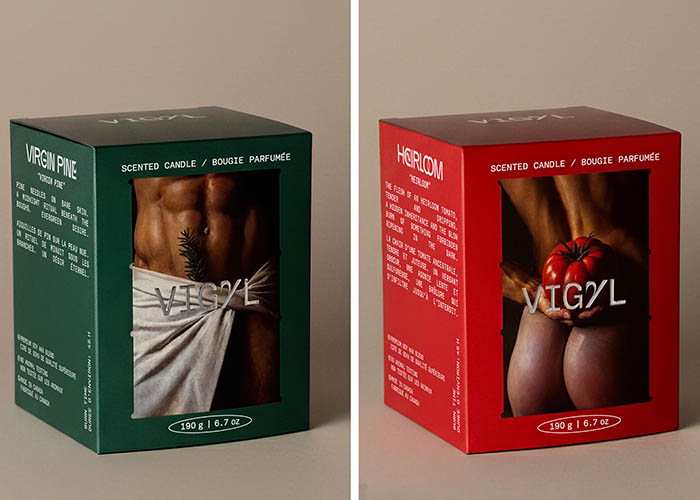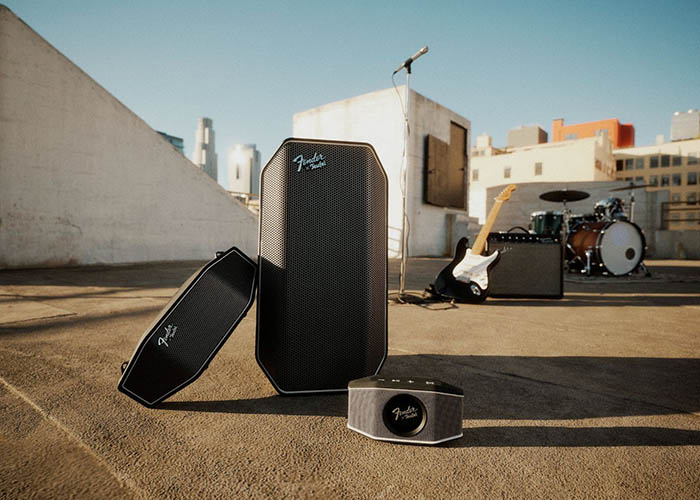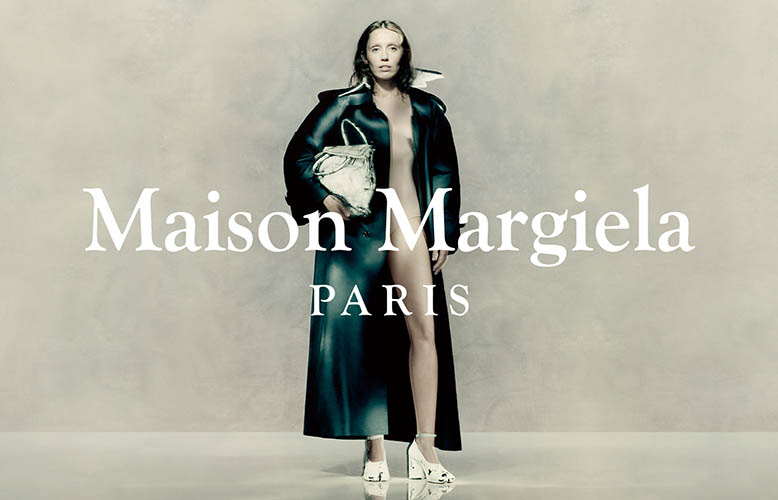The American artist is captured in a new light, stripped-back and immersed in the core codes and archetypal expressions of the Maison. Reflecting the collection’s title, the images illustrate the trace of time characteristic to the creative language of Maison Margiela: the notion of clothes and accessories. Through techniques developed in the Artisanal atelier distinct to the Maison, the sentiment informs a collection founded in the principles of saving and salvaging our wardrobe. Crinkled and faded, our most cherished staples show significant signs of use: routinely ironed, steamed and polished, they are handed down from one generation to another, continuously patched, mended and revitalised.
Miley Cyrus wears emblematic pieces from the collection. Styled to reflect the Maison’s signature silhouette, they include its deconstructed tailoring and second-skin bodies, complemented by the new interpretation of the 5AC bag and the classic Tabi boots. Some images portray the artist in a state of undress, her body painted white in homage to the Maison’s white-overpaint bianchetto technique introduced in 1989.
‘The nudes by Paolo are so iconic and signature to his art. Standing naked for a fashion campaign felt major, all I wore was body paint and the signature painted Tabi boots. In that moment, Margiela and I became one,’ said Miley Cyrus.
Originally employed on furniture in the Maison Margiela studio, bianchetto reduces the surface of objects, garments, and bodies to a white canvas, enabling the revelation of the trace of time. In the process, it becomes a symbolic veil, distilling the essence of form and material.
Tailoring, outerwear and workwear
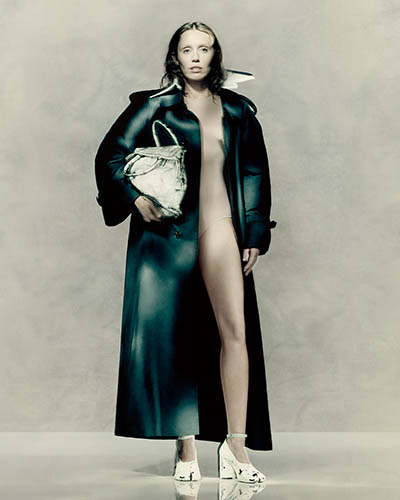
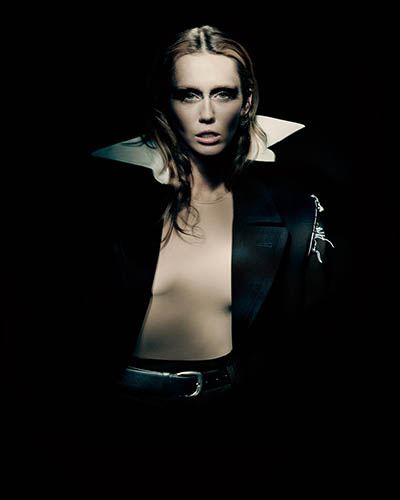
Achieved through painstaking fabric treatments, the trace of time is evoked in garments and materials informed by the traditional country wardrobe. Through pressing techniques, coats are parkas are permanently adorned with lived-in folds. Exercised in a reversible navy wool coat with a detachable check liner and a reversible double-face wool duffle coat with tartan lining, the treatment transforms the garments into formalwear when worn inside-out. The edges and hems of tailoring and shirting are hand-greased for a timeworn sensibility, while the outlines of pockets serve as decoration. Wool mohair suits appear faded by the sun, the contrast of their original colour left intact under collars, lapels and sleeves. The effect is echoed all-over in silk dresses. Through shrink-to-fit boiling techniques, new shapes emerge: the quilted linings of chore jackets pour out of the silhouettes, quilted gilets become body- conscious, tracksuits reduce in size, and a barathea suit contracts into a tuxedo. Knitwear and denim appear worn and mended, hinting at the passage of time.
Dresses, skirts and tops
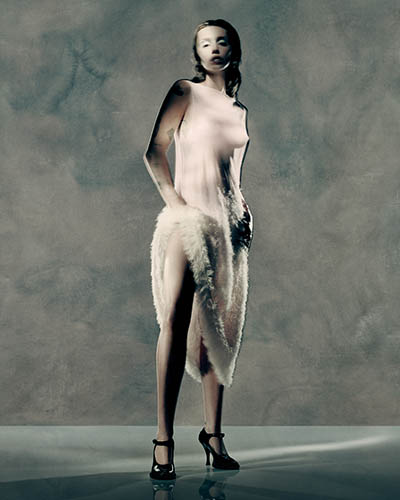
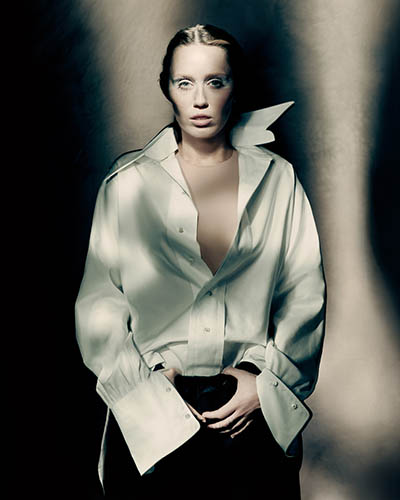
Deconstruction sets the tone for garments imbued with the notion of inverted snobbery: the act of giving value to the humble materials traditionally used in the inside construction by swapping them around with the fine materials used on the surface. In the process, new silhouettes come to life: a pleated wool skirt is detached from its lining inviting the wearer to step into either the exterior or interior part of the garment; a satin dress is turned inside-out allowing the shoulder and perspiration pads to serve as decoration alongside strips of bias-cut lamé and organza; a flannel coat is inverted so its wool lamé lining becomes the surface; and the inverse seams of a bustier attached to a cotton cotile satin skirt become adornment. Through deconstruction, garments splice and create new expressions: dickies transform into skirts; men’s trousers are patched onto a top to form a sleeveless dress; and a shirt hybridises with a skirt to create a dress. Filters generate illusions in lace dresses with coloured overlays as well as inverted embroidered cardigans covered in gauze and muslin.
Bags
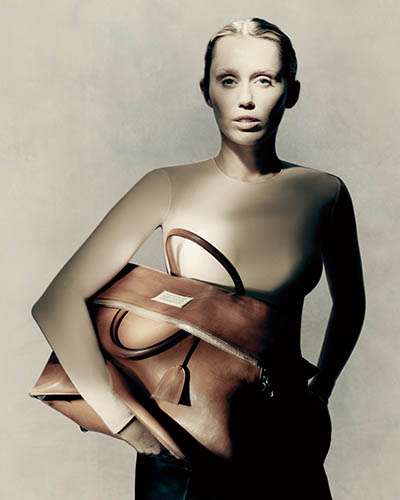
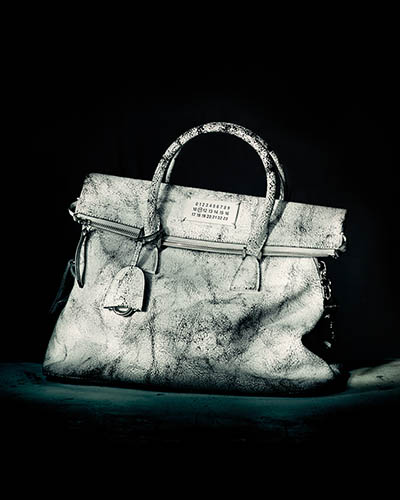
The collection debuts a new incarnation of a Maison Margiela icon: the 5AC bag. Re-constructed as a soft, tactile silhouette without lining, the top-handle bag – a subverted modern classic launched in 2016 and named after the ‘133t speak’ for the French word ‘sac’ – is treated with a waxing technique allowing for signs of wear to reveal the trace of time. The new bag appears in XL, medium and small dimensions in chestnut brown, cognac and the Maison’s white-painted bianchetto effect. Introduced in early 2025, the collection features the Dress-Age, a trapezoid bag founded in ageless dress codes and crafted in the finest pebbled calfskin with camoscio goatskin lining. The Dress-Age Tote is proposed in a horizontal dimension in large and small proportions, and in a vertical dimension in a medium proportion. The Dress-Age Hobo features in a small size with short handles only. The bags are rendered in black with chestnut brown handles, toile-like ivory with chestnut handles, and graphite grey with black handles, while the Hobo appears in burgundy with black handles.
Shoes
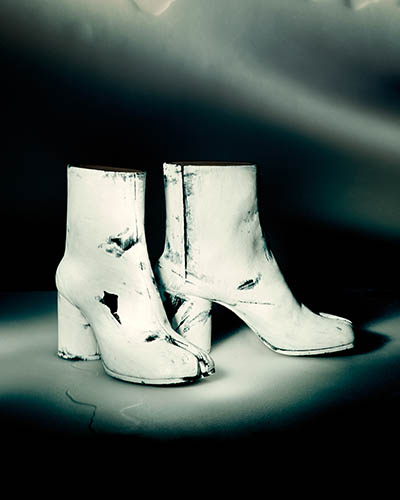
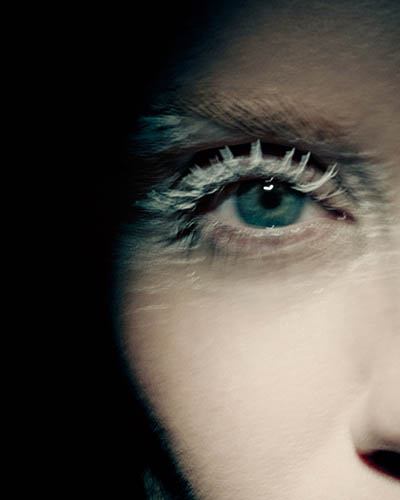
Moulded like a timeworn shoe bent into shape by stomping out cigarettes, the fronts of shoes are sculpturally warped. They appear in black or white pointed-toe leather pumps and sling-backs as well as oxblood or black shiny leather derbies and derby boots with aged soles and nail patterns forming an MM logo. The Sprinters – the Maison’s racing shoe inspired by archetypal mid-century track and field runners – emerge in new dark green, yellow, light blue and oxblood colourways. Composed from a graphic upper collaged in smooth calfskin, suede, vintage-treated nylon and rubber, and set on a spiked track sole in padded rubber for added comfort, the shoes are raw-cut and individually corroded with hand-applied treatment for a vintage feel. It creates a unique effect that naturally differs from one pair of sneakers to another. Amplifying the savoir-faire, the spiked rubber track sole is embossed with elements of the Maison’s signifying numeric coding iconography, enabling an emblematic footprint.


